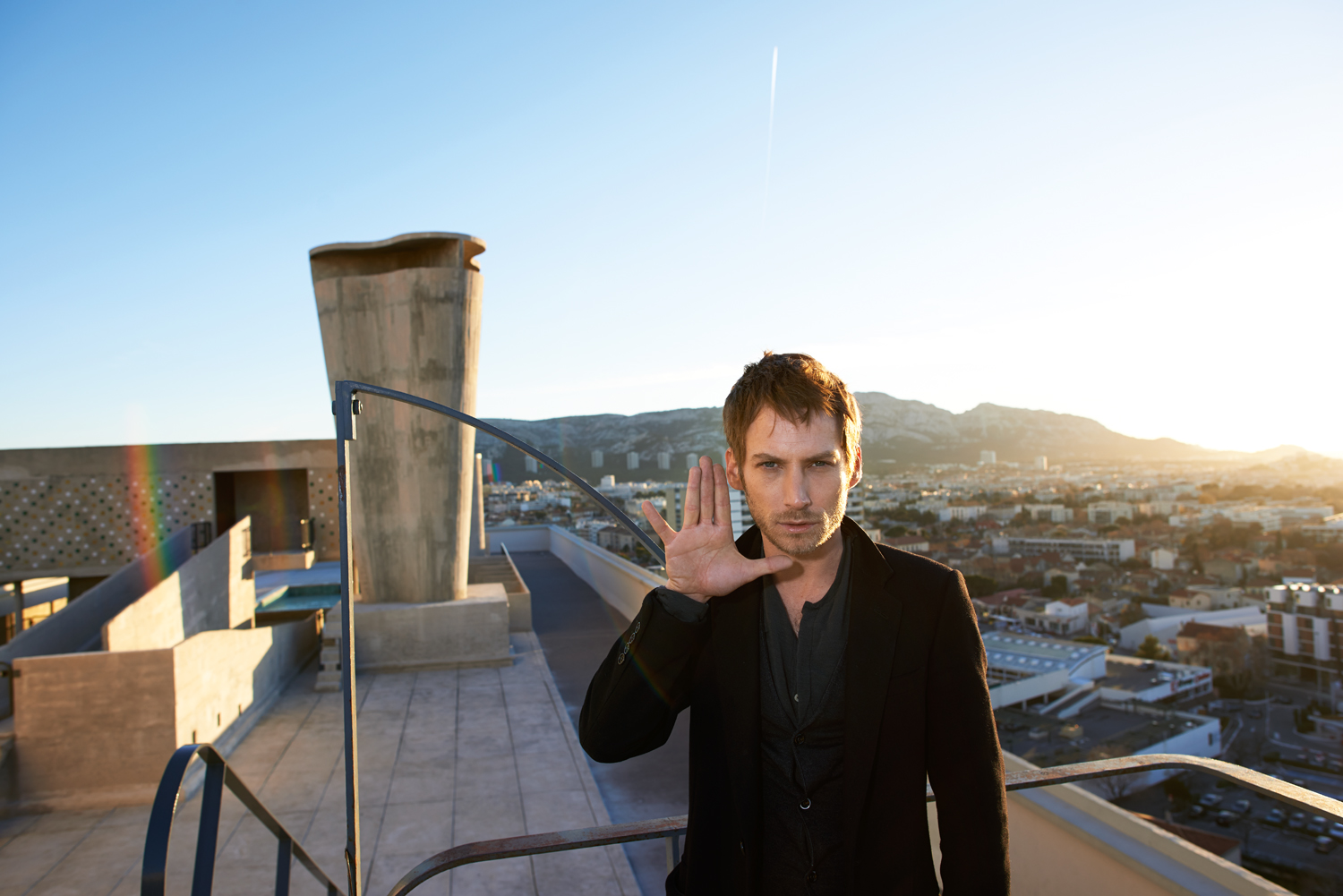Purple Magazine
— S/S 2013 issue 19
Ora ïto
the MAMO in Marseille
text and portrait by OLIVIER ZAHM
French designer Ito Morabito, who works under the brand name Ora ïto, is known for his graceful, elegant, and ergonomic objects — silverware, beer bottles (for Heineken), kitchenware, timepieces (Swatch), paper cutters, bags (Louis Vuitton), and furniture. His many award-winning designs are wonderful to hold and skin-like to sit in, exhibiting his natural way with materials and forms. A move to architecture was a natural evolution for him.
In 2010, Ora ïto found out that the gym and solarium on the rooftop terrace of Le Corbusier’s “Radiant City” in Marseille was for sale, and bought them straight away. Unfortunately, an additional structure had been added to the gym, blocking the 360-degree views of the city. With the support of the Fondation Le Corbusier, Ora ïto started a campaign to bring the structure back to its original form and…
